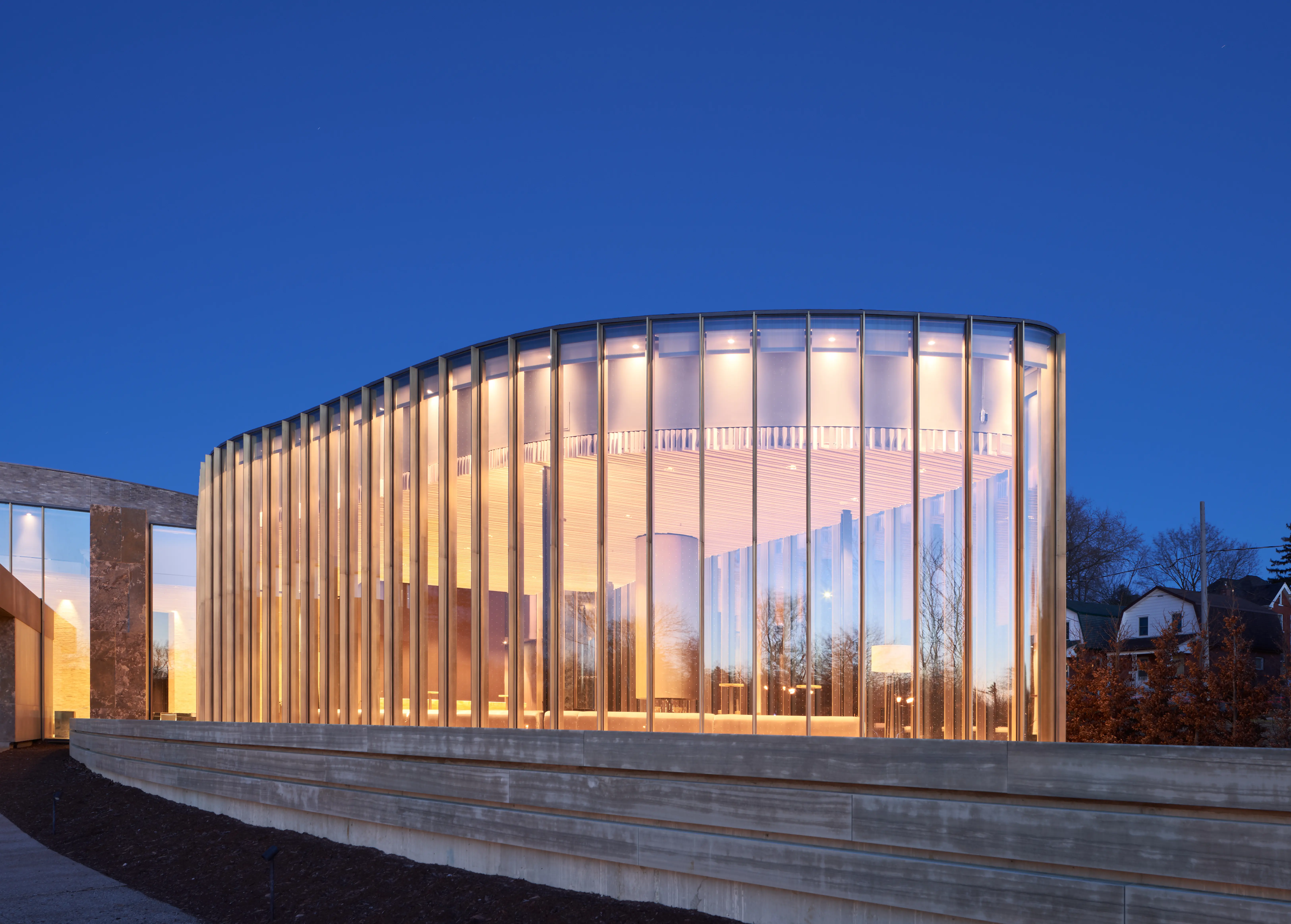Forensics uncovers the causes of building enclosure performance issues and failures. These challenges may stem from construction defects, material failures, design oversights, or hygrothermal performance problems. With dedicated laboratories in both Waterloo and Vancouver, we conduct advanced computer simulations, laboratory testing, and full-scale natural exposure monitoring to deliver unbiased, fact-driven analysis. The result is clarity around risks, responsibilities, and solutions that clients can rely on for litigation, insurance, or repair.
Our work in this space not only addresses immediate needs but also feeds lessons learned back into our broader practice, advancing building science and improving performance across the industry.
Our Differentiators
Multidisciplinary Insight
We draw on expertise in building science, facade engineering, structural design, and construction to look beyond symptoms and identify root causes.
Neutral, Unbiased Expertise
Our role is not to advocate for one side, but to provide clear, evidence-based analysis that all stakeholders can trust. This independence allows us to focus on achieving the best technical outcome for everyone involved—whether in litigation, mediation, or repair.
Research, Testing, and Materials Expertise
Our Waterloo Laboratory anchors RDH’s forensic work with facilities for material testing, hygrothermal simulations, and long-term exposure studies. These capabilities validate findings under real-world conditions, deepen the industry’s understanding of moisture durability, and deliver evidence that withstands the highest levels of scrutiny.
Fact-Based, Actionable Findings
Our rigorous methodology produces clear, defensible insights that help clients resolve disputes and move forward with confidence.
Values and Priorities
Our forensic work reflects RDH’s core values: always learn and do what it takes. Every investigation is an opportunity to deepen understanding of how buildings and materials perform in real-world conditions.
We prioritize clarity, precision, and trustworthiness in our reporting. Each deliverable—whether a technical report, presentation, or courtroom testimony—balances technical rigor with accessibility, ensuring stakeholders can act on our findings with confidence.
How We Work
Forensic teams are led by senior professionals with multidisciplinary experience, supported by technologists, and field specialists. We combine field investigations with advanced resources such as material testing, hygrothermal and structural simulations, and full-scale natural exposure monitoring.
This integration of field and lab allows us to diagnose comprehensively—linking observed failures with tested material performance and modeled building behavior. Our teams also employ non-destructive testing tools such as drone surveys, ground-penetrating radar, ultrasonic measurement, and vibration monitoring to document and analyze issues without disrupting building operations.
What Sets Us Apart
- Integration of field and lab expertise that links observed failures with tested performance.
- Neutral third-party credibility trusted by owners, insurers, contractors, and courts.
- State-of-the-art forensic tools including drone-assisted surveys, non-destructive testing, and advanced simulation.
- Materials and durability leadership built on decades of research, testing, and exposure monitoring at our laboratory facilities.
- Clear, defensible communication that transforms findings into actionable strategies and courtroom-ready evidence.
Project Spotlights:
Tacoma Art Museum Addition | Tacoma, WA
RDH investigated cladding failures at the Tacoma Art Museum, where warped panels and failed fasteners compromised performance. Through visual review, laboratory testing, and custom testing protocols, we determined that the panels were unsuitable for the application and identified panel expansion as the cause of fastener failure—enabling the owner to pursue a durable replacement solution.
Idaho State Capitol Building | Boise, ID
RDH investigated failures of laminated glazing with embedded wire at the Idaho State Capitol. Our review of project documents, lab reports, and manufacturing processes revealed defects in materials and fabrication. By consulting industry experts, we recommended alternative materials and manufacturing best practices for this specialty glazing application.
